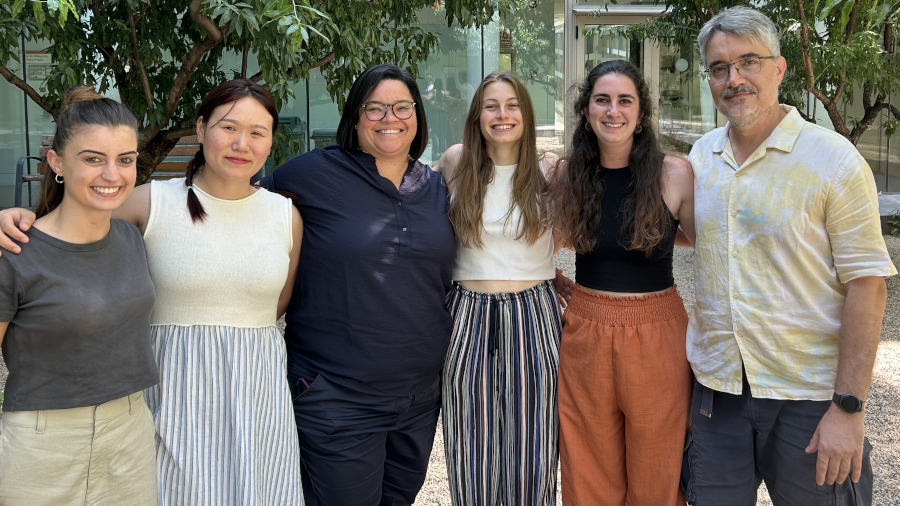A research led by the IBB-UAB has managed to decypher the structure of the human protease SENP5, implicated in neurodegenerative disorders, cardiovascular diseases and the development of cancer. The research, published in Nature Communications, paves the way for therapeutic opportunities with minimal side effects.

Modifications in proteins after they are synthesised (post-translational) are changes that play a fundamental role in cell regulation, as they can alter biological activity and influence various physiological processes. There are many types, including SUMOylation, a mechanism in which the SUMO (Small Ubiquitin-like MOdifier) protein binds to other proteins and modulates their functions. It is a complex process with a large number of proteins involved: both those necessary for SUMO activation and those that are the target of the modification. The SUMO proteases stand out specifically, and are responsible for activating the SUMO molecule, as well as for processing and removing its binding from the target proteins.
A research led by the Institute of Biotechnology and Biomedicine of the UAB (IBB-UAB) carried out the structural characterisation of the human protease SENP5, implicated in several diseases, with the aim of identifying the key residues for the discrimination and specificity of this protease with respect to the different types of SUMO.
Comparison of the structures SENP5-SUMO1 and SENP5-SUMO2, in which there are more favourable interactions
The research team presented the three-dimensional structure of SENP5 in complex with different types of SUMO. The results of the analysis of the different complexes reveal a positively charged region that is directly involved in the preference of SENP5 for SUMO2. The structural characterisation made it possible to define the key contacts of SENP5 with SUMO2. This opens the way for further research and the design of possible specific inhibitors for this protease.
"The human SENP family plays a fundamental role in the regulation of a variety of cell processes, and its deregulation is involved in many diseases, such as cancer, neurodegenerative disorders and cardiovascular diseases," explains UAB researcher David Reverter, coordinator of the research. "The results we have obtained could facilitate the development of highly specific inhibitors aimed at individual members of the protein family studied, offering new therapeutic opportunities with minimal side effects."
This work was carried out by the research group led by David Reverter at the Institute of Biotechnology and Biomedicine of the UAB, within the UAB Department of Biochemistry and Molecular Biology. It was conducted in collaboration with the group of Professor Monique Mulder from the University of Leiden, the Netherlands, and the group of researcher Virginia Amador at the IDIBAPS, Barcelona. The study is published in the journal Nature Communications.
Original article:
Sánchez-Alba, L., Ying, L., Maletic, M.D. et al. Structural basis for the human SENP5's SUMO isoform discrimination. Nature Communications, 16, 4764 (2025). https://doi.org/10.1038/s41467-025-60029-4.






